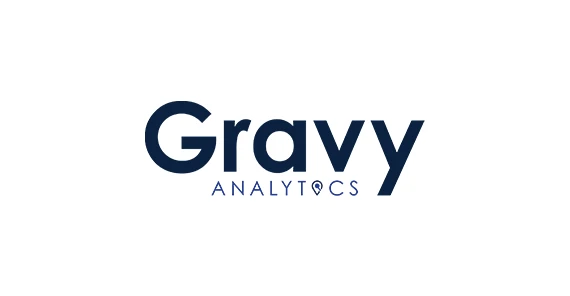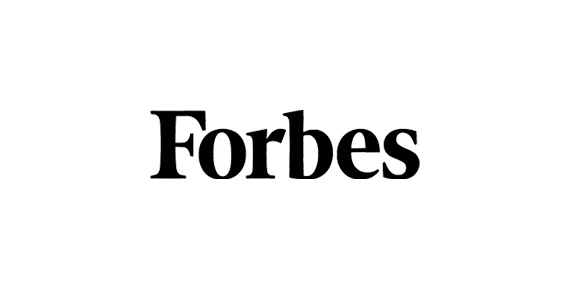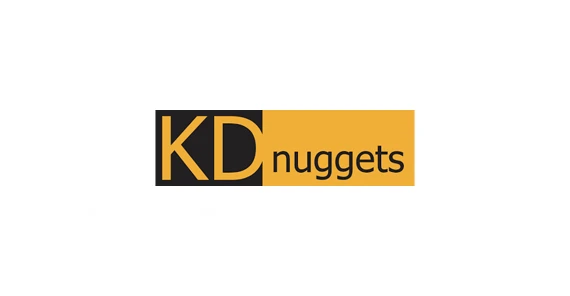How to use location intelligence to enhance your market research
June 23, 2020

Market research is important across industries, but many companies consider it too time-consuming and expensive, often opting not to invest in the research. When marketers do get budget approval to conduct research, it is often in the form of surveys, interviews or focus groups.
While common in marketing, I find that these methods don’t really give marketers the clearest, most accurate picture and may even skew research results. For example, focus groups are often too narrow in scope, while interviews can be hard to schedule, and getting participants to submit completed surveys can be difficult. Ultimately, data from these methods only gives you a small glimpse into who your consumers are. So what other resources are available to marketers conducting market research who want to get clearer, more accurate data insights in a more cost-efficient way?
One alternative to the traditional market research methods discussed above is tapping into the power of location data — verified, anonymized data collected from consumer mobile devices. Location intelligence companies process and verify these signals and turn the data points into actionable intelligence to help marketers understand their target market better — from the regional to target audience level.
Working in the location intelligence field, I’ve worked with a lot of companies to help them utilize this information. Here’s what you need to know.
REGIONAL MARKET TRENDS
Censuses often only focus on age, gender identity and race. This can miss certain populations and doesn’t give you a complete picture of the neighborhood without having to enrich the census results with additional data. If you choose to use location intelligence, use aggregated foot traffic data to understand where consumers are going in their neighborhoods. When this data is observed over a period of time, trends begin to emerge. With a better understanding of consumer trends in regions such as metro areas and neighborhoods, marketers can then determine the best ways to target each geographic segment of their audience.
To paint the picture, let’s say a market researcher wants to know if their company should spend its advertising budget at an outdoor outlet mall in a certain metropolitan area. The market researcher can use location data that shows consumer foot traffic to the mall to understand how long consumers have traveled and how much time they are spending at the mall (known as dwell time). This data can also inform the mall owner of when the mall is the busiest and can help them think about how to get more customers to the mall during less busy days.



